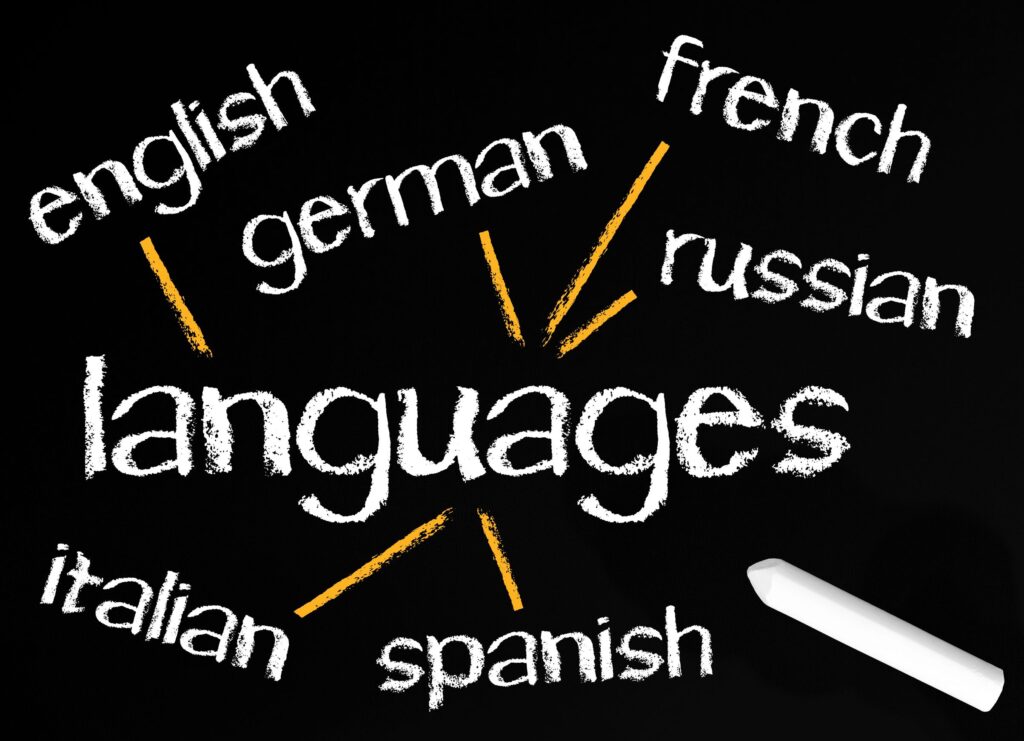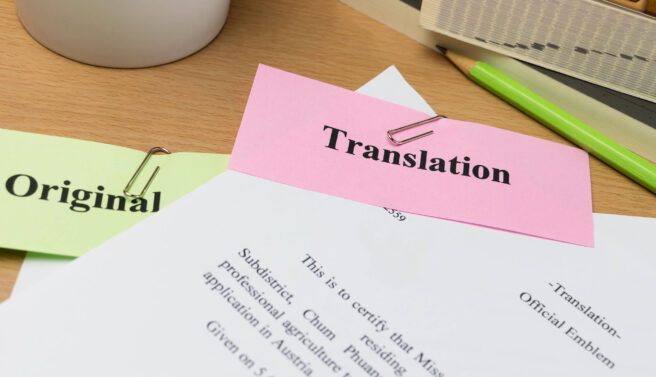Translation is a job where the person should always be on top of their game. If you want to be good at your job, you should keep in mind that there is room for improvement. It means that you should learn from your last job, and ensure that the next one is better.
Translation work needs accuracy and precision, and there are several reasons why a translator wants to improve the quality of their work. One reason is professional pride. Another is financial reward, as being good at their job assures them that they will always have clients looking for their services, whether they are a freelancer or working for a translation company.
Whatever your motivation is to improve yourself, you can always use some tips to help you achieve your goal.
Improving Translation Quality
The quality of translation is not only about the work being free of errors and thinking that the quality assurance system will take care of the proofreading and editing of the work before client submission.
There is stiff competition within the translation industry, and professional translation companies and translators use advanced technology and other industry innovations to ensure that they can provide their clients with high-quality work.
It is vital to start the quality assurance process at the start of the translation work to enhance translation quality. It seems like there will be more work involved in the entire translation process, but doing so will definitely improve your translation service and the quality of your translation output.
1. Pre-planning and evaluation
Having a more comprehensive system can help you establish a functional and flexible template that you can adjust depending on the needs of a particular project. Nevertheless, the model aims to have a guide to see to it that you can execute and deliver high-quality translation consistently.
If you are working for a translation company, each project is typically assigned to a team, with a project manager, a translator, an editor and proofreader, and probably a desktop publisher. Before you start work on the translation, the project manager should check the source material for any inconsistencies, errors, and typos. With this step, your team can already identify parts of the source text that may need clarification from the client.
Resolving all the issues at this stage ensures that the translator will have a smoother pace while working on the project.
2. Planning for the translation quality
When you plan for quality, it means that you are organized and have a checklist that includes the needs of all the deliverables of a particular project. This covers everything, such as the creation of file names, the format of the files, the client authorization process, and the directories of related deliverables and project expectations. Having a team ensures that a responsible person handles every phase of the translation process. This step means potentially minimize the occurrence of errors.
3. Reference materials and documentation
See to it that you get documentation and reference materials from the client from which the translator can refer to while working on the document. Having the reference materials eliminates the guesswork.
Moreover, a style guide and a glossary will significantly improve the quality of the translation. A glossary is valuable for materials where the words can have specific meanings that are relevant to the project. It is helpful to assure accuracy and clarity of the translation if the client can also determine the terms, products, or brand names that should stay in the original language.
In terms of SEO, the glossary can be a source of relevant keywords that can help the translation, mainly if the translation will be available online.
On the other hand, having a style guide will help the translator to understand the requirements of grammar and punctuations, the tone of the material, and the other things that clients expect from the translation.
For different translations, such as translating materials with technical terms, a terminology list, and reference materials about the technical subject, can help improve the quality of the translation. The translation company can assign a subject matter expert when the project is complex and highly technical.
4. The translation process
Once you go through the pre-planning process, you are ready for the translation process. You now have the right directions from the client, the glossary, and the reference materials that can help you create a high-quality translation.
It is normal to find some errors in the translation, as there could be differences between the source and the target languages. There could be some incorrect word choices, mistakes in punctuation or spelling, and the use of non-standard grammar. These errors can be corrected by when the translator reviews and edits the work after finishing the translation.
Another team member makes the final edit before sending the material to the proofreader. After the proofreading and revision, the project manager reviews the final work, checking it to see if everything fits the client’s requirements.
5. Formatting
Some complex translation projects require document formatting to ensure that the translated text fits the text boxes correctly. When converting from one language to another, the length of the text varies. They are languages where the text will become shorter, while some languages need more space to accommodate the text. Since it is vital for most translations to be a mirror image of the original, the translation agency offers desktop publishing services, which may be included in the project cost or billed separately.
6. Translation delivery
You can improve the value of your translation and translation services by ensuring that you cater to the client’s preference. Some projects require the translation to be a single document. For more complex projects, you should ask the client how they want to receive the multiple files.
7. Improve your translation skills
Although it is vital to follow all the requirements of the client and the specific project, you can increase the quality of the translation by improving your skills.
Instead of just translating the text from the source to the target language, it is better if you localize your translation. Consider the preferences of the target audience and use the information to help you with your work. Think of the cultural issues as well.
See to it that you let your client know if they need to replace images and colors that may have a negative effect on the target audience.
For personal development, your career needs to upgrade what you know. Do not stop learning, and be sure to embrace new technologies that can increase your productivity and enhance your translation skills.
Partner with Us for High-quality Translations – All the Time
For us here at eTranslation Services, high-quality translation is one of our main goals. We assure you that we consistently deliver top quality professional translation, whether your project is large or small. We tap the skills of our native-speaking linguists who live in-country. Aside from knowing the language, they fully understand local consumers and the things that affect their acceptance of information. Allow us to assist you in all your translation needs. Please send us an email through [email protected] or give us a call at (800) 882-6058.



